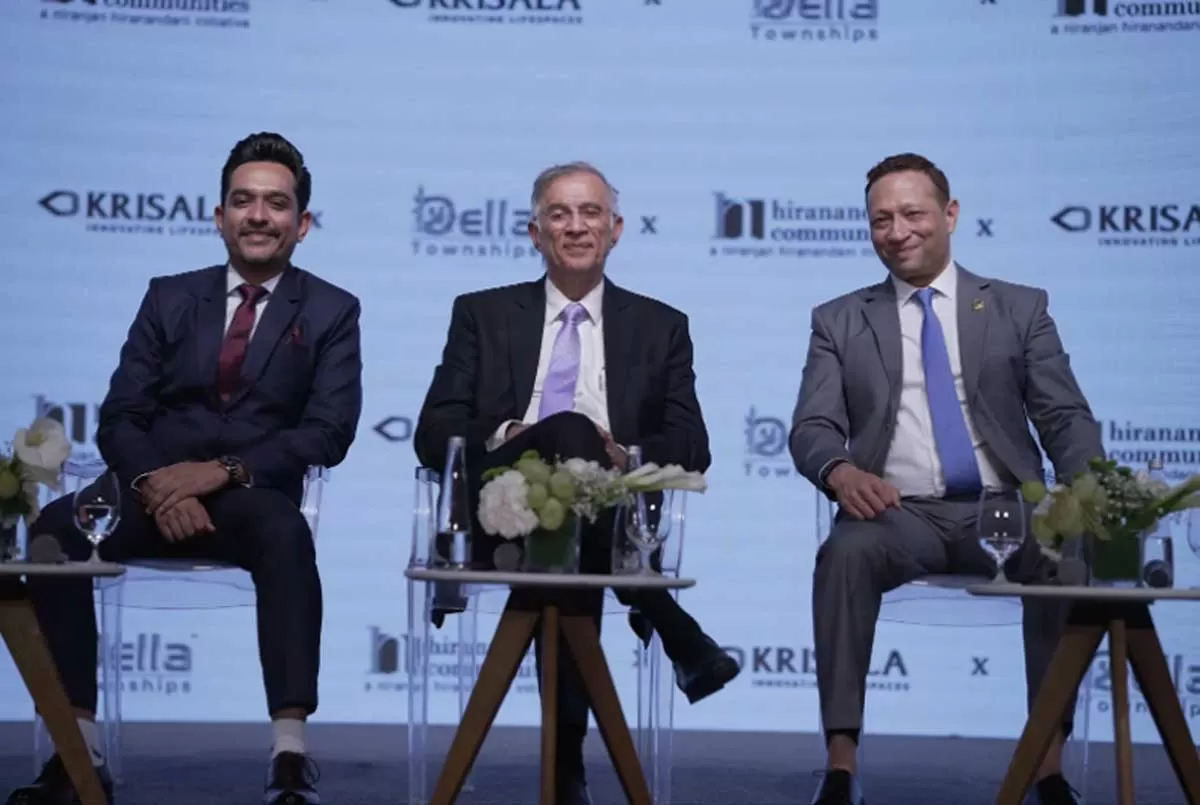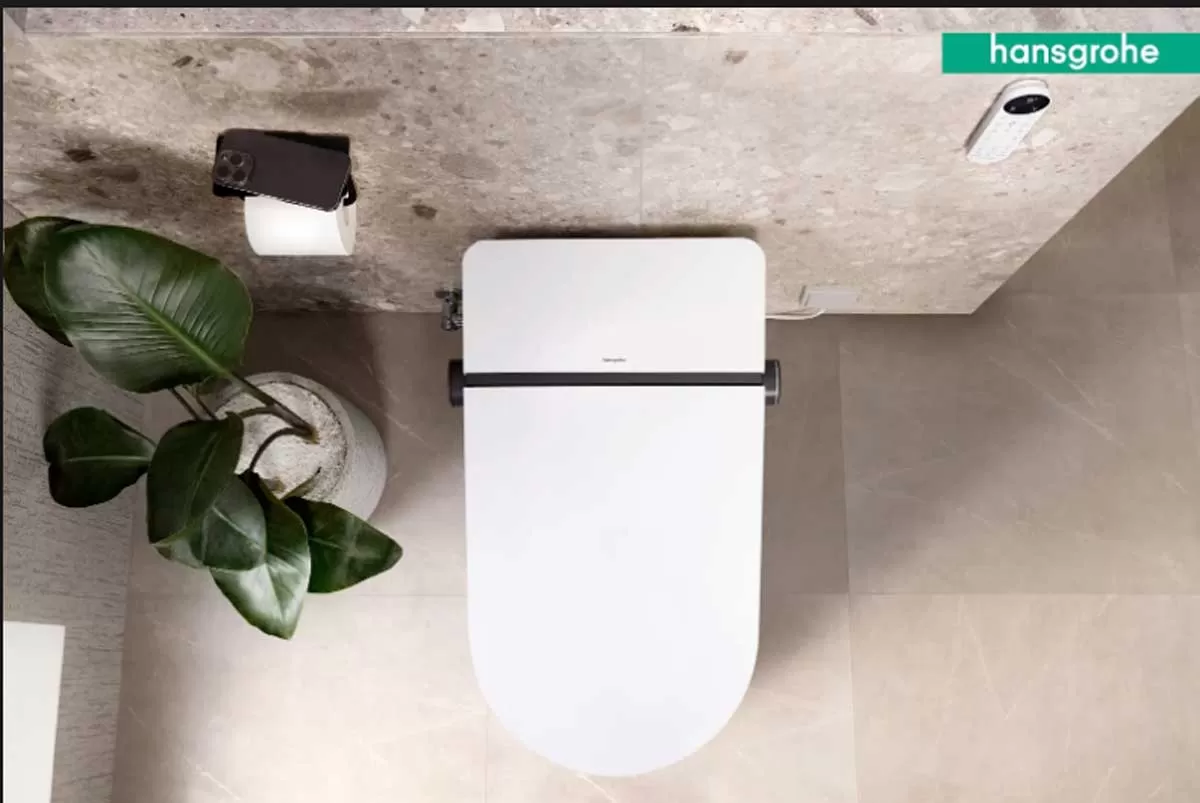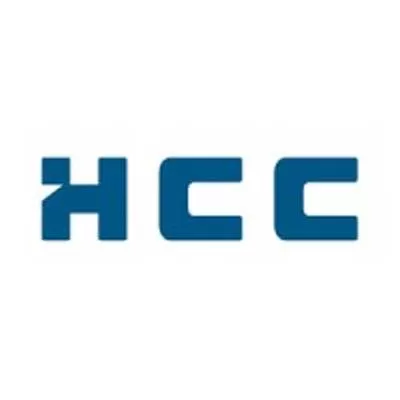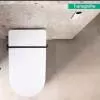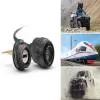Rail is a fast, reliable and economical mode of transport, which can meet the various challenges being thrown up by rapid urbanisation, says
HARSH DHINGRA.
Indian metropolitan cities have been growing rapidly and traffic volumes have been increasing enormously. Overstretched rail and road networks have created an urgent need for a suitable transport system within Indian cities. Commuter transport has become hazardous with severe overcrowding and most commuters resorting to road use. Urbanisation, with the escalating transport problems, will force city planners and the government to find a solution to provide a fast, reliable, convenient, efficient, modern and economical mode of smart transport solutions.
Rail: Most feasible solution
In terms of transport too, a definite change has been evolving. As fuel prices fluctuate, the preference for air and road transportation is also gradually changing. The climatic implications and dangers of our existing transport model, based on an economy driven primarily by automobiles, is leading to a wider spread of transport options, largely including rail transportation. The rapid urbanisation across the country has also led to an explosion in intercity travel, igniting a growing demand for intercity transport between not only metropolitan cities, but Tier-II and Tier-III cities as well. While the bus transport systems have definitely benefited from this scenario, there is also a great opportunity for rail solutions.
The feasibility of advancing India´s railway prowess has come under a considerable amount of debate recently. The growing focus on the railways as a preferred mode of transport is one that we cannot ignore and the fundamental arguments for developing the railways remain positive.
Environmental benefits
In terms of the environment too, it is imperative that the key issues of transport, are addressed in a way that continually strives to improve ecological standards and also protects the environment at large. The transport industry in India is now coming under acute scrutiny, where issues concerning environmental standards and sustainability are concerned. The use and application of rail transportation solutions are an answer to this particular problem as rail transportation accounts for only 1 per cent of the world´s CO2 emissions.
Support to the economy
Rail transport is a key enabler of the expanding Indian economy. The long-term fundamentals of the Indian economy continue to remain strong, and this will translate into a strong demand for rail transportation in the years to come. Rail transportation performs a key role in providing connectivity, and hence, enabling economic development in countries across the world, and so has been the case in India. From a national perspective, growth in the railways sector serves as an engine for GDP growth and this has been a well-demonstrated fact.
Modernisation of rail transportation
Undeniably, there is an urgent need to enhance capacity and modernise rail transportation in India to meet the country´s social and economic aspirations in the 21st century. With modernisation and restoration of balance in intermodal transport, rail transportation can be a significant engine of inclusive growth and development for India, and can potentially contribute up to 2 per cent of GDP, from the current 1 per cent. India has been growing at around 7-8 per cent every year, and for the country to maintain these growth levels, the railways should grow every year by around 9.5 per cent. Rail transportation will then create new jobs, save energy and improve the environment, while moving people, raw material and goods more efficiently, nationwide.
Rail transportation in India is divided into two segments û the network managed by the Indian Railways, one of the largest in the world with over 65,000 track km, and mass transit solutions like metros, monorails, light rail vehicles, advanced signalling solutions and semi-high speed and high speed trains.
On track
The rail transportation industry has made significant progress in the last decade and efforts are underway to enhance service levels, increase customer satisfaction, and improve operational efficiency and safety performance.
Dedicated Freight Corridors (DFCs) will move freight traffic, decongesting the current overburdened routes. With this decongestion, passenger traffic in India will increase exponentially. This will create demand for more locomotives, EMUs and intercity trains with higher speeds. The long-term vision of rail transportation in India has a clear focus on stabilising railways and making itself sustainable.
In recent budgets, the current government has announced the setting up of an infrastructure fund for raising long-term debt from domestic and overseas sources - including pension funds, bilateral and multilateral financial institutions - to address the funding issue for such projects.
The proposed investment outlay of Rs 856,000 crore (approximately $130 billion) will be spent over the next five years in various identified segments. We will keenly follow projects under rolling stock and signalling systems, which represent a reasonable portion of the total proposed investment outlay.
The Centre has allowed 100 per cent Foreign Direct Investment (FDI) in the Railways, to meet the severe cash crunch. In all, 17 areas have been identified, where industry players can invest up to 100 per cent in a project, and Indian Railways expects to collect around Rs 90,000 crore (approximately $13 billion) from this initiative. Identified areas for investment include rail infrastructure, suburban corridor projects through public-private partnership, high-speed train projects, DFCs, rolling stock and signalling projects, rail electrification, freight and passenger terminals, improving connectivity and mass rapid transit systems.
FDI in Railways will support several capacity augmentation projects in the field of track laying, rolling stock and signalling, as well as introduction of new trains.
Mass transit solutions
Currently, seven metro systems are operating in India - Kolkata was the first city to be ordained a metro rail service in 1984, followed by Delhi in 1995. The success stories of the two havepaved the way for metros in other cities - Bengaluru (2011), Gurgaon (2013), Mumbai (2014), along with Jaipur and Chennai (2015). Only Mumbai´s citizens have the privilege of commuting on a monorail currently, but other cities in India are also evaluating the feasibility of setting up monorail networks. Other than Delhi - which already has more than 190 km of metro network - other operational cities are still making efforts to expand their network. The Indian Government is encouraging cities with a population above 2 million to develop mass transit systems, and it is expected that around 50 cities will have a population of over 2 million by 2050. These cities will evaluate metro, monorail or light rail vehicle-based transit systems in the coming years.
Semi-high speed trains, EMUs, commuter and intercity trains along high speed trains, will have a strong demand in the years to come. The metro rail system in India´s capital, for example, has changed the city beyond recognition over the past few years. In Delhi, landmarks and important buildings are identified by their loseness to metro pillar numbers. Erstwhile barren stretches of land are now home to vast, flourishing marketplaces, the scene of hectic commerce and business, where people seek to build fortunes.
Going for growth
As a global leader in rail technology, Bombardier Transportation has been investing in India for more than five decades. Those investments have come in the form of manufacturing facilities, local engineering and suppliers and state-of-the-art proven technologies. Due to our large manufacturing presence in India, combined with local experience, international expertise and eco-friendly technologies, we are ideally positioned to elevate India onto the world stage in terms of rail transportation.
About the author:
Harsh Dhingra, Chief Country Representative India, Bombardier Transportation, is a seasoned engineering and management professional, with over 25 years of rich and specialised experience in the field of rail transportation and mass transit systems with reputed organisations.
